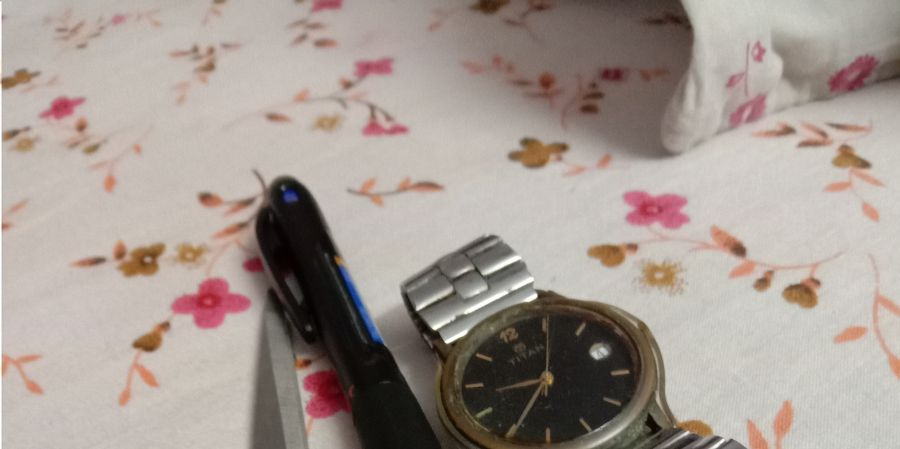


Modern car at showroom
Avogadro, an Italian, in 1811 first published the idea that elements could exist as molecules. The Latin word molecule he adopted for his particular hypothesis to explain why mixing a volume of hydrogen gas with an equal volume of chlorine gas does not result in doubling the volume of gas, instead the theory states that equal volumes of ideal gases , at normal temperature and pressure, contained an equal number of molecules. People have known about elements like carbon and gold since ancient times. Now in late 1860's Dmitri Mendeleev began working on his great achievement the periodic table of the elements. By arranging all the 63 elements then known by their atomic weights, he managed to organise them into groups possessing similar properties. He actually placed the elements into their correct places in the table. Now the greatness of Mendeleev was that he left exact places for the elements that were not yet discovered, but he also predicted properties of five such elements and their compounds. Latter now a days we study Mendeleev's periodic table with great interest. Until 19th century the only fibres that we're available for weaving fabrics were natural fibres like linen , wool, silk, and cotton. In 1855 first man made artificial fibre was introduced in substitution for silk and was named viscose. Latter came to be known as rayon. Rayon technically is not an artificial fibre, not is it natural. Because it is artificially made from natural substance, the wood cellulose. Then came Nylon. This is truly man made artificial fibre. It is entirely a petrochemical product.
Steel is an alloy of carbon and iron. It is extremely strong and at a little high temperature it is malleable. Which gives it special useful shapes also weapon making abilities. In 1872 English company M/s Woods & Clark patented an alloy of iron, chromium and tungsten, highly resistant to acid and weather. This is the first invention of what is now a days called stainless steel. But it was only in 1913 that Harry Brearley created the first-ever stainless steel. Having high resistant to corrosion , staining. Low maintenance ,attractive appearance, and ideal for making materials of many shapes and applications. Fine blades to heavy shafts with less corrosion, curvature of stream line body parts, to many use. There are altogether 150 grades of stainless steel known to us today of which only 15 are commonly used. From building materials to kitchen utensils we all go stainless steel, because it is unique, special and easy to use.
Please read my facts of science, and allow me to keep you all engaged, Subir Kumar Ghosh.l




















